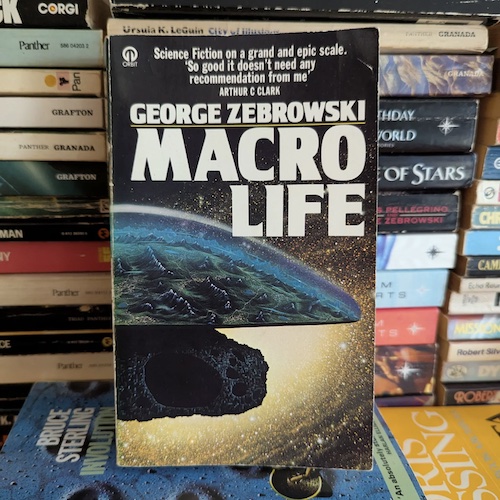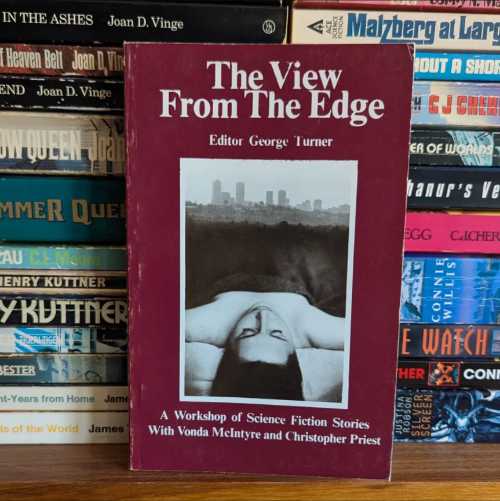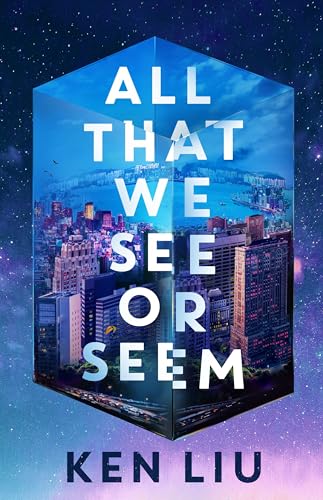Macrolife
★★★★★Dandridge Cole coined the term macrolife to describe self-contained and mobile asteroid habitats that he envisioned as the fundamental units of life on the galactic stage. Zebrowski was clearly very taken by this idea, and his 1979 novel lays out a future history of humanity and macrolife in three parts.
We witness a global catastrophe that leaves only a scattering of humanity on Mars, Ganymede, and, most crucially, on a single hollowed-out asteroid that departs the solar system to become the first macrolife. In part two, we jump to the year 3000 when multiple habitats roam the galaxy using faster-than-light drives. The last part is set at the end of the universe, where macrolife is ubiquitous.
The heart of the novel is an exploration of the idea that humanity’s future lies more in space habitats than it does on planets. However, Zebrowski inflates this idea into a philosophical doctrine verging on religion, and repeatedly batters the reader with overwrought argument. A significant amount of the book is devoted to his repeated polemical exposition as bombastic characters ponder the worthlessness of planets and their barbarian cultures in contrast to the unlimited potential of macrolife. So pervasive is this meta-discussion that an already thin plot is stretched almost to invisibility, and the flat, pompous characters are never developed.
In the couple of action-oriented scenes, Zebrowski achieves good pacing, but frankly, this book could have done with a vicious edit. There was a lot of potential to explore his ideas in a more rounded way through his characters, but ultimately, he delivered a one-sided lecture. The book also suffers from weak female characters who only exist for sex, and weak descriptive writing - characters seem frequently defined by their hairstyle and eye colour.
I picked this up because the sequel, Cave of Stars, is in Broderick and Di Filippo’s 101 best SF novels, but this experience has discouraged me from diving straight in.




